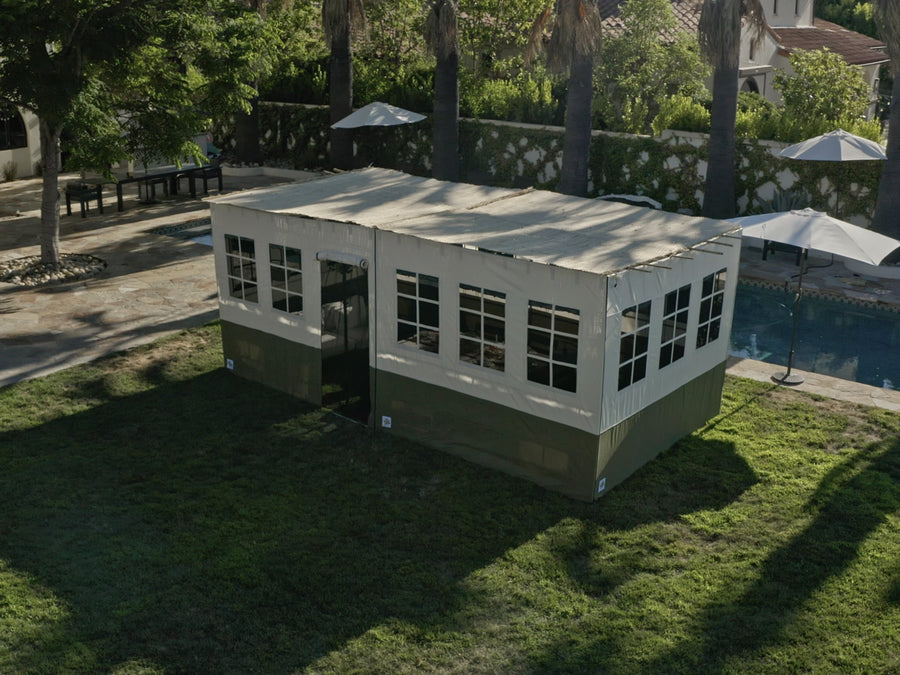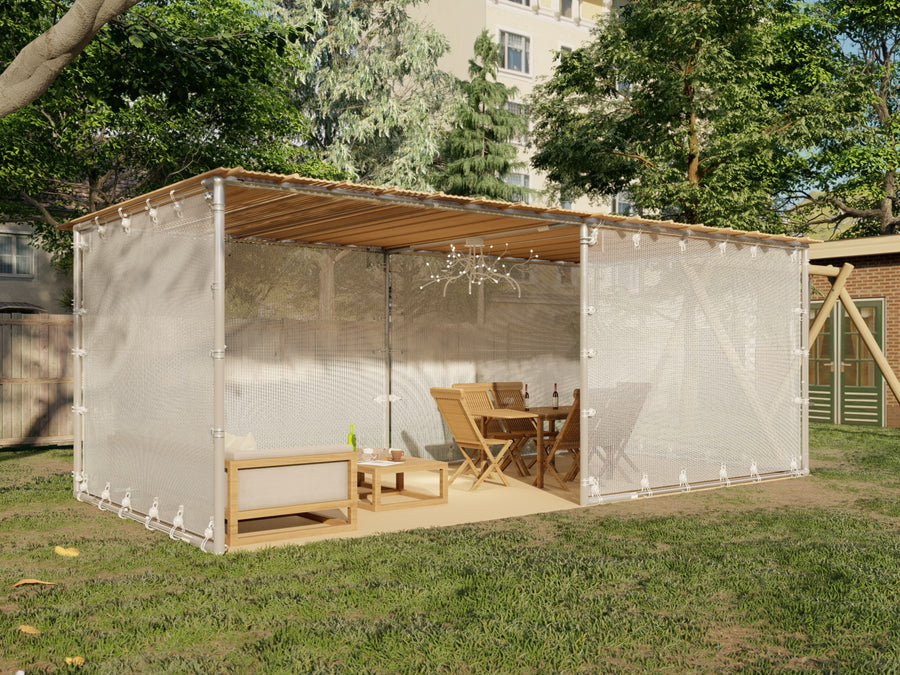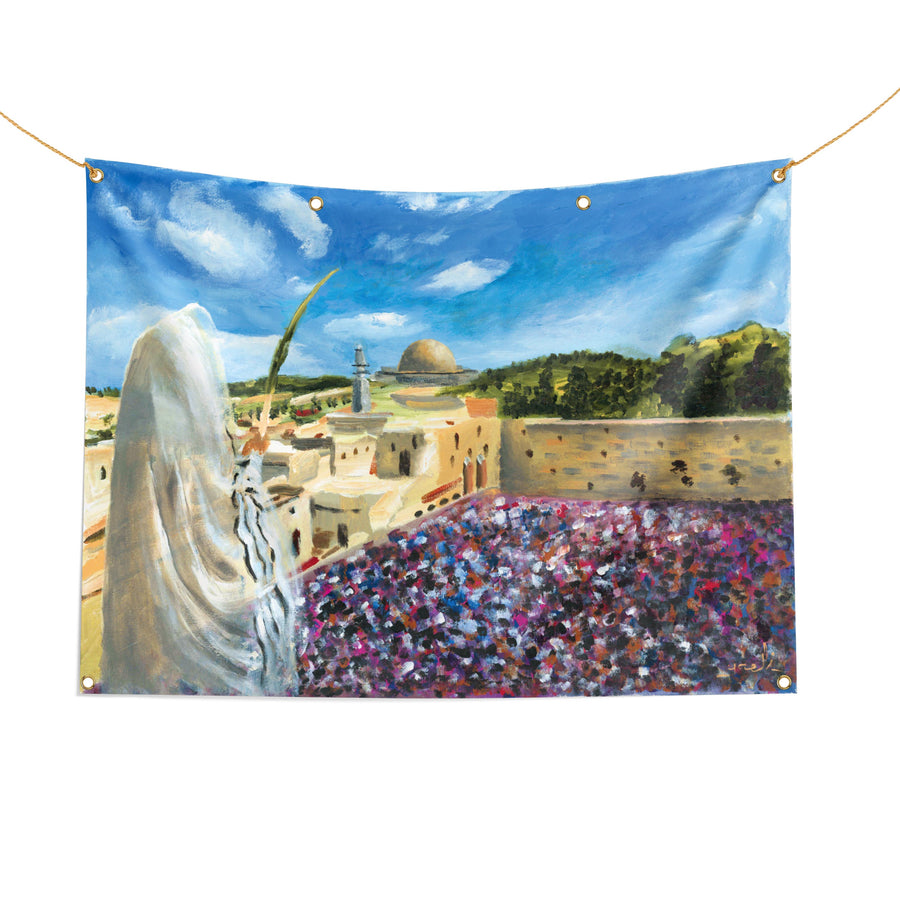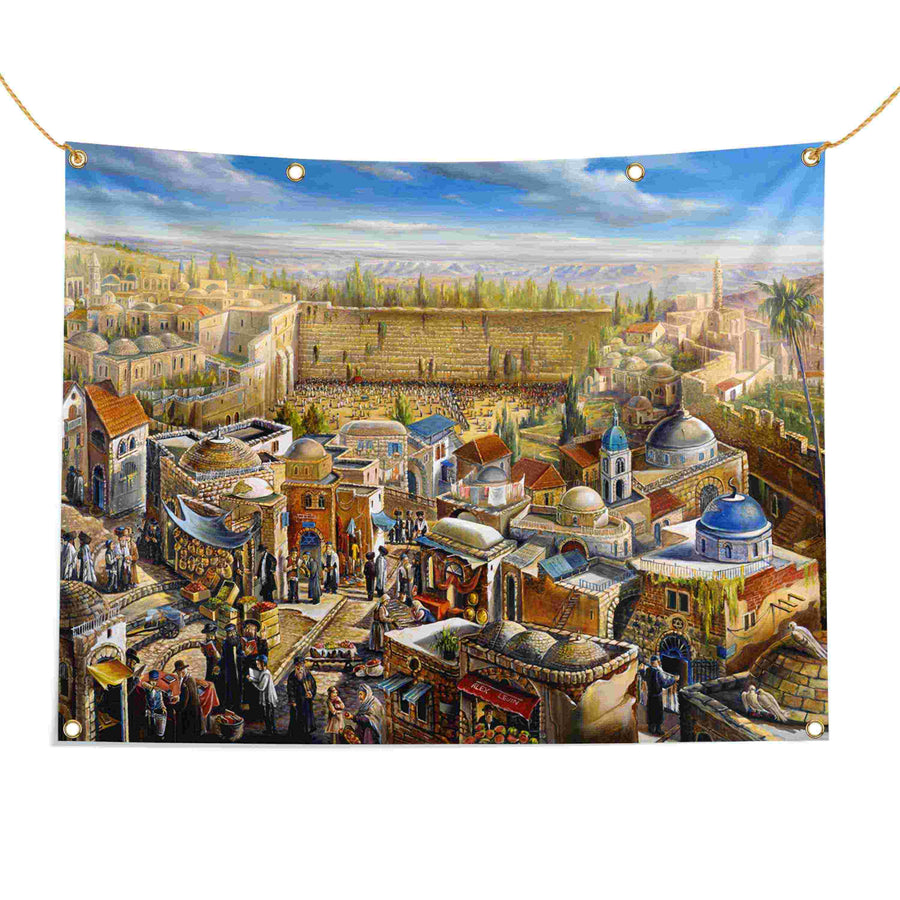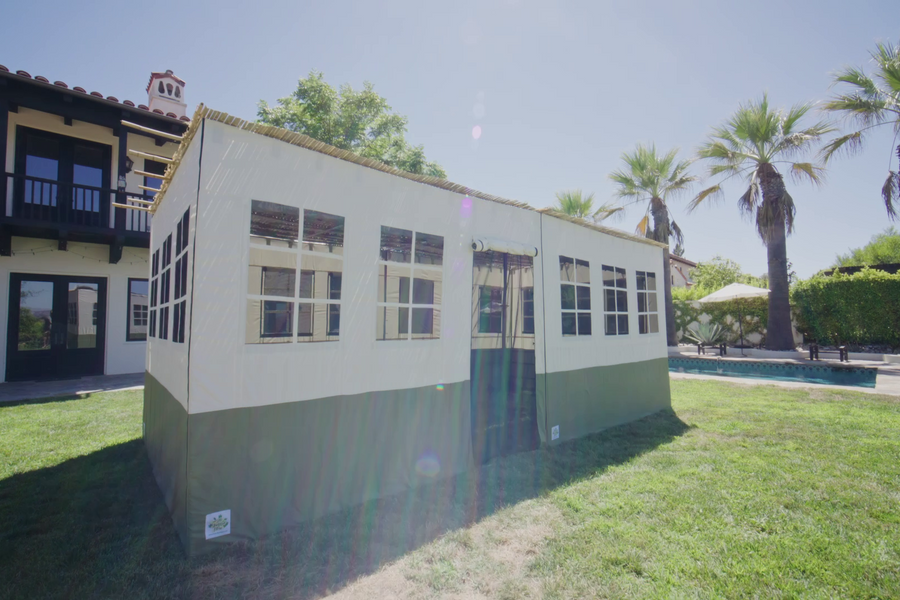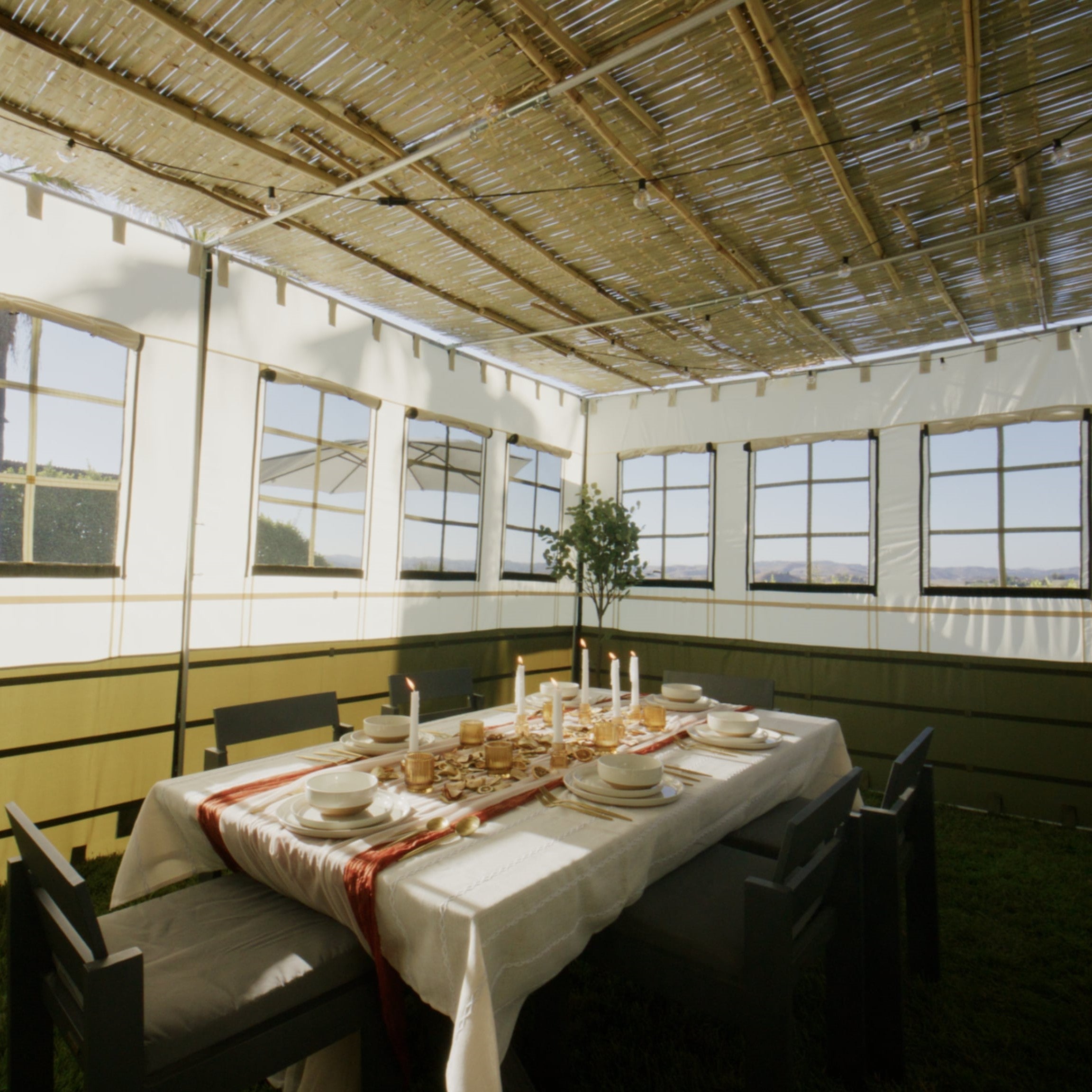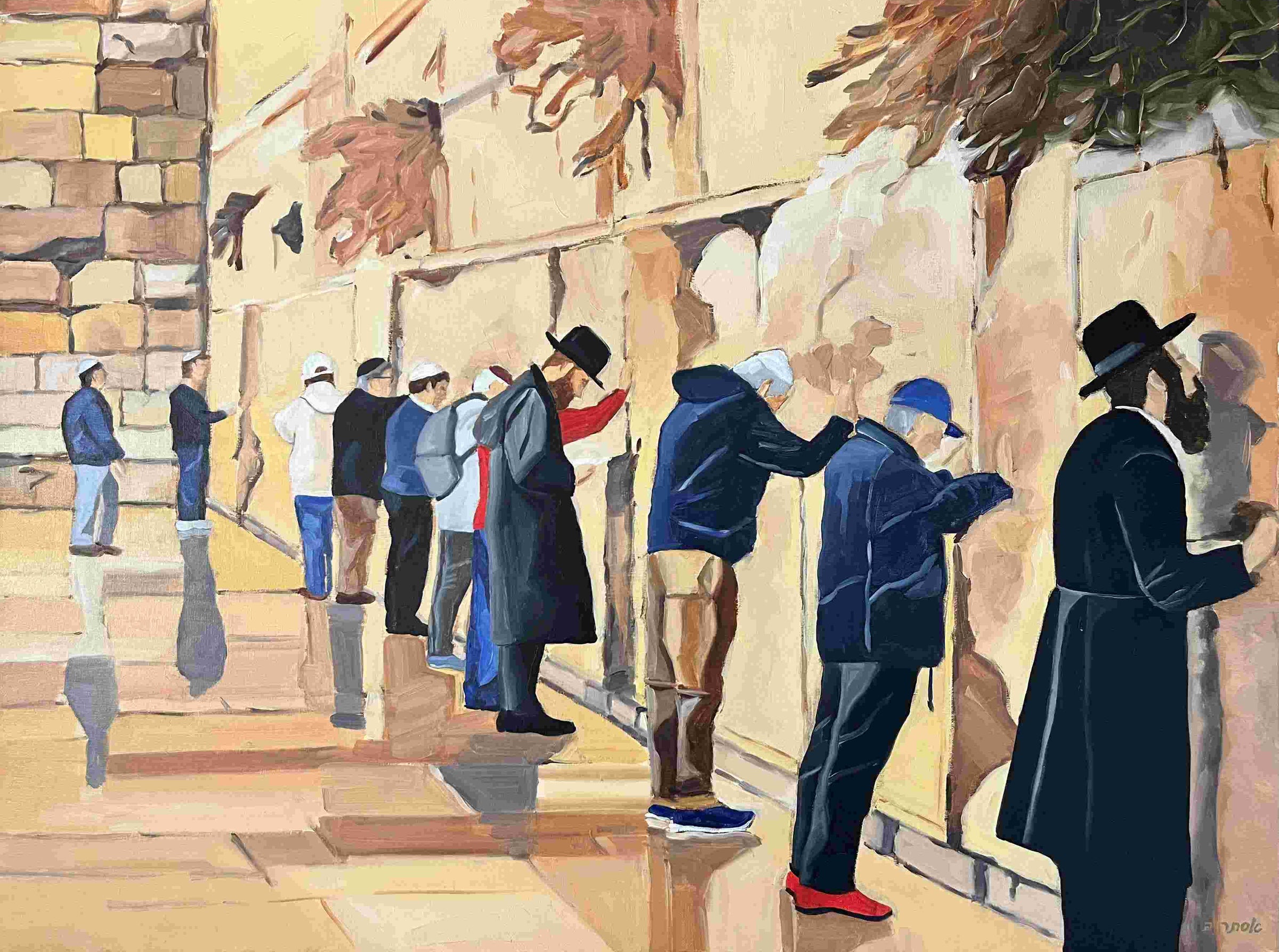

Table of content
Kreplach (pronounced krep-lakh; singular, krepel. Or, if you're feeling fancy, krepkhin) are those delightful triangular pockets of dough filled with savory ground meat or chicken. Think of Kreplach as the Jewish answer to dumplings. You can either boil these tasty morsels and toss them into your chicken soup or fry them up for a crispy treat. But what are kreplach really, and why do we eat them?
The Big Three Kreplach Occasions
So, when should you break out the kreplach? Traditionally, there are three times a year when kreplach make their grand entrance:
The Eve of Yom Kippur - Right before we embark on the holiest of fasts.
Hoshana Rabbah - The final sealing of the books of judgment.
Purim - When we celebrate our victory over the dastardly Haman.
Days of Judgment and Delicious Dumplings
Each of these occasions is a big deal in the Jewish calendar, marked by judgment and introspection. On Yom Kippur, G‑d takes a good, hard look at our deeds from the past year. On Hoshana Rabbah, those decisions get the final seal of approval. And on Purim, we celebrate the divine judgment that saved us from Haman's evil plot.
But don’t worry; it’s not all doom and gloom. There's always room for G-d’s infinite mercy and a delicious kreplach or two!
A Deepdive on Kreplach Philosophy
Kreplach are more than just a tasty treat. Made from meat coated in dough, they’re the culinary embodiment of hope. Here’s why:
Meat represents the divine attribute of strength and severity (gevurah). Meat sustains us but comes at the cost of an animal’s life.
Dough represents pure kindness (chesed), sustaining us without harming any living creatures.
When making Kreplach, you wrap that tough meat in a gentle dough. So, you’re basically praying for G‑d to wrap His judgments in mercy and compassion. It’s like saying, “Hey, G‑d, we know things are tough, but could you sprinkle a little kindness on top?”
Kreplach: A Lesson Wrapped in Dough
Life can be a rollercoaster, and sometimes it feels like there’s more “meat” (judgment) than “bread” (compassion). But just as we wrap our meat in dough in Kreplach, we should strive to wrap our judgments of others in compassion. By doing this, we follow in the steps of Aharon HaKohen, being “ ohev shalom, v’rodef shalom ” – loving peace and chasing peace. And who knows? Maybe G‑d will return the favor with a bit more mercy on us, too.
Ready to Get Cooking?
Check out our detailed recipe below for making your own kreplach. And once you try them, you'll wonder how you ever celebrated without these Kreplach…
Meat/Dairy: Meat
Prep. Time: >60 Minutes
Difficulty: Complex
Kreplach Dough Ingredients:
3 cups flour
2 tsp kosher salt
1 tsp baking powder
⅓ cup oil
1 ¼ cups warm water
Kreplach Filling Ingredients:
½ lb (225 grams) ground beef
1 small onion
Salt
Pepper
1 egg
2 tbsp matzah meal or unflavored breadcrumbs
Directions:
Making The Dough, Part I:
Place the flour, salt, and baking powder in the bowl of your food processor (can also be made in certain blenders eg. a mini Ninja).
Pulse a few times.
Add the oil and warm water.
Process until the dough starts to come together.
Tip the dough out onto a piece of parchment paper.
Form into a disk and wrap well.
Set aside to rest for two hours.
Making The Dough, Part II:
Once the dough has rested, divide it into two pieces.
Roll the first piece out, keep the second piece wrapped in the meantime (you can roll it directly on a large piece of parchment paper to prevent it from sticking, or you could do it directly on the counter, or on a cutting board, etc.
Roll the dough to approximately ⅛ inch thick (3mm) – this dough is pretty forgiving, but too thin and it will tear, and too thick and you won’t get great results either.
Take a knife and cut away the rough edges so that you have a large square or rectangle of dough in front of you.
Cut that dough into relatively evenly-sized squares.
Making The Filling Part I:
Dice the onion as finely as possible (alternatively, cut it into quarters and throw into the food processor/blender and chop until almost but not quite pureed).
Heat a wide skillet over medium-high heat.
Wait for the pan to get hot.
Add the meat and brown well, breaking it down into small pieces with your spatula/spoon as you go.
After a few minutes, add in the onion, mix, and continue cooking over a high heat for another few minutes.
Reduce the heat to medium-low and cook until you see no more red in the meat and the onion doesn’t taste raw.
Season with salt and pepper to taste.
Making The Filling Part II:
Let the meat mixture cool for 10-15 minutes.
Drain well and transfer to a food processor/blender.
Pulse very quickly a few times.
Add the egg and breadcrumbs and pulse again (you are not looking for a mousse-like texture, more like fine, sandy crumbs). NOTE: You can skip this step entirely and just mix the egg and breadcrumbs into the meat in a bowl, no blitzing required.
Assembling The Kreplach:
Place a spoonful of filling in the center of each square.
Pull the edges together and gently seal it in a triangle shape.
Final Prep.:
Heat a pot of water.
Add a couple of tablespoons of salt.
When the water is boiling rapidly, drop in a group of kreplach (don’t overcrowd the pot, they need some space, so do it in batches).
The kreplach will rise to the top after a minute or two. At that point reduce the heat and cook for another 2-3 minutes.
Remove and repeat until all the kreplach have been cooked.
Serve in steaming hot, golden chicken soup.
How to store:
If you’ll be using them in the next few days, store in the fridge. Add them to the soup about 20-30 minutes before you’ll be serving, to give them time to warm up without disintegrating.
Freeze them after cooking. Freeze on a parchment-paper lined baking sheet. Once they are frozen solid, transfer to a ziploc bag (this will prevent them from sticking together). No need to defrost; add directly to the soup an hour or more before serving.
Freeze them before cooking. Before you cook them in the boiling water, put them into a ziploc, then when it’s go-time, drop them frozen into boiling water and just cook for a little longer.
And if you liked this, you’ll love our guide to building your Sukkot menu.
